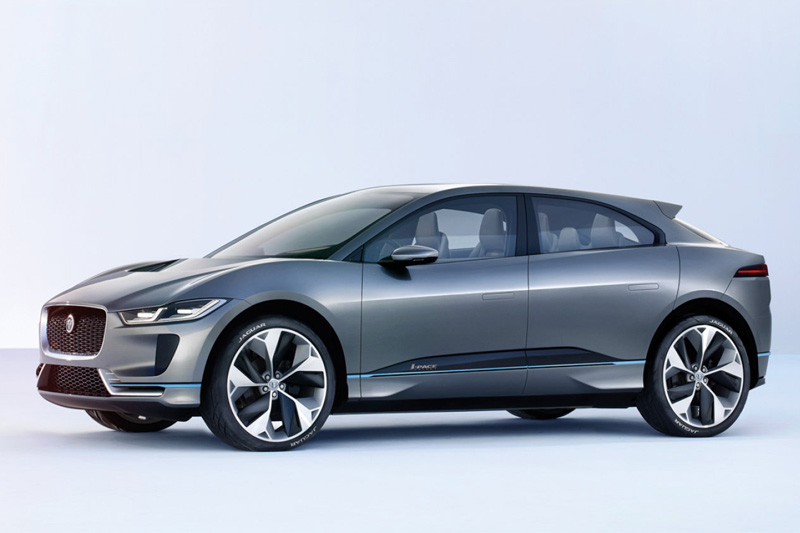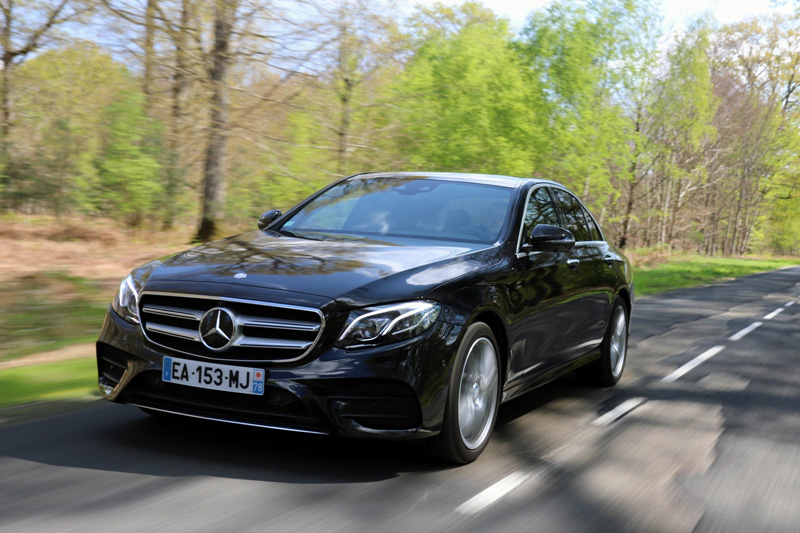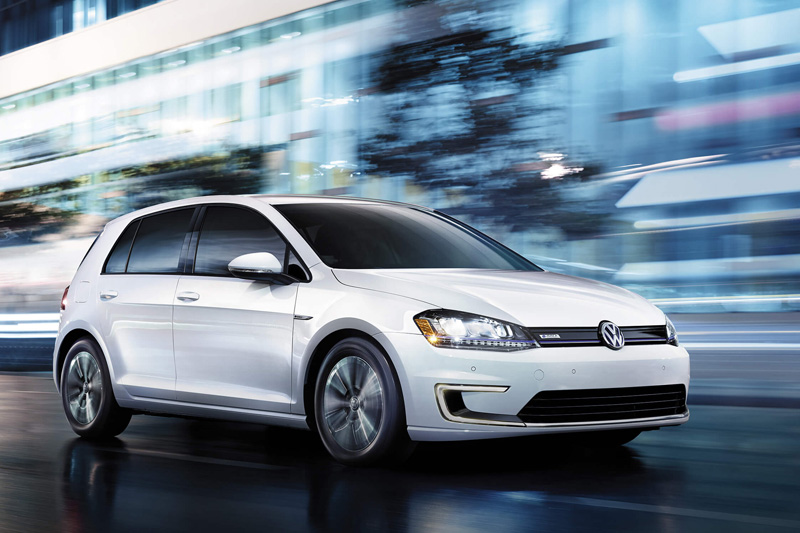Automate’s Harrison Boudakin reports on what the numbers tell us about the state of Europe’s car market in 2018, and how to prepare ourselves for the revolutionary motoring horizons beyond that.
In many ways, and for many good reasons, the defining feature of Europe’s long-lived auto industry has been its great strategic weight, its role as a centre of influence and as a hotbed for applied technological progress. For the best part of 130 years now, this region has – as a result – sat like a major tectonic plate beneath the global automotive landscape: setting the trends, marking the pace of change, and generally evolving the status quo to its own liking.
But between September 2015 and the end of last year, European confidence was brutally challenged. Widespread allegations of emissions cheating and rising environmental concerns have (along with a few geo-political wobbles) knocked the wind out of the region’s sails a bit – leaving room for a great deal of angst and worry about the scale of the challenges that lie ahead.
At the centre of the storm is the supposition that Europe’s old environmental golden child – the diesel engine – is facing an existential crisis. Thanks to the unprecedented media coverage that originally surrounded the Volkswagen diesel scandal, the last couple of years have seen a profound and remarkable undoing of the fuel’s ‘clean-eco’ image, setting in motion a raft of legislative proposals, which have sought to clamp down on ‘dirty diesels’, and even ban them from some city centres.
This has affected public confidence in the viability of the fuel as a long-term purchasing proposition in the European market. However overstated these discussions might be perceived to be (and in many ways they have been hugely overblown by the mainstream media), the numbers do show a slump. In 2011, diesel’s European passenger car market share was 55%; by the end of last year, that had slipped to just 44%.

The question now, however, is where this declining trend-line goes from here. Analysts from a number of major automotive advisory companies have recently released their projections for the future of diesel passenger cars. These projections are not only based on what they see as the major forces pushing people away from diesels, but also on the forces that might keep people driving them for some time yet. The data makes for compelling reading, and from it we can draw some important inferences for the future.
The most noteworthy of these projections is the fact that diesel sales will not fall nearly as sharply through 2018 as they did through 2017. The consensus among analysts generally is that in major Western European markets like Britain, Germany, France and Italy, the average slip will amount to around two to three basis points at worst over the coming 12 months, which does represent a ‘flattening of the curve’ somewhat.

There are important reasons for this. Even though legislators have been cracking down hard on noxious tailpipe emissions (which diesel engines produce more of than petrol cars), it is worth remembering that there has been absolutely no loosening of the regulations governing other types of emissions; namely, CO2. Of course, the tendency for diesel engines to do rather better than petrol motors on this front was the very reason why Europe once so wholeheartedly embraced compression-ignition in the first place. Therefore, the reality is that automakers still need to keep a high percentage of diesels in their line-ups in the short term, if they are to meet the EU- mandated fleet CO2 average of 130g/km.
The general view is that if companies can maintain a healthy balance of petrol and diesel sales until 2020, they will be able to squeeze their way through the initial challenge of this legislative ‘pinch’. The issue, though, is that beyond 2020 the current mix of conventional petrol and diesel will simply no longer cut it, not least because by 2021, the EU will have introduced new legislation that demands an average fleet CO2 figure of just 95g/km. Nearly all analysts agree that such a figure will be impossible to meet with traditional, fossil fuel engines.
So this, of course, brings us to the elephant in the room: electrification. The discussion surrounding the rise of battery- power has been fierce in recent times, and it is often hard to find clear consensus on many of the key technical questions that still dog the viability of pure electric cars. But thanks to the legislative posturing of the EU, the role of electrification within the future of European motoring is becoming increasingly assured – and most analysts now agree when and where the battery-revolution will begin to take seed.

It will be, essentially, a double-fronted wave that propels electric motoring into the European mainstream. With customers increasingly wary of diesel, automakers are first preparing to ramp up development of efficiency-enhanced petrol cars, which deploy varying degrees of electric assistance that reduces CO2. The most basic form is the 48V mild-hybrid; technology we first saw in cars like Audi’s SQ7 and Mercedes’ S500, but which is now filtering down to more everyday models. Along with their more complex plug-in cousins, these vehicles will help automakers counter the loss of efficient diesels in their fleets, and see them earn so- called ‘super credits’ under the EU’s proposed 2020 legislation.
What this does, most importantly, is buy automakers time – time which they will use to prepare the European market for the ‘touchdown’ of true, pure electric cars. Most analysts believe that by 2019/20, the arrival of proper, mainstream, affordable models like Tesla’s 3, Nissan’s revised Leaf and the new Volkswagen ID, will have pushed EV sales towards 600,000 per annum. At that point, we can then expect another dramatic surge in EV popularity, as established brands like the VW Group, Mercedes and Jaguar expand their portfolios, and remove one of the major barriers to higher sales growth in the sector: limited choice. Remember, at the moment, there are only 25 pure-electric cars on the market, and only two of those are SUVs. Once this barrier falls away, and as battery- tech continues to improve, there is no doubt that the EV floodgates will thunder open with a vengeance.
In a nutshell, then, it is clear just what a complex few years the European automotive market now faces. For the customer, it will certainly be a confusing period, as a relatively unknown proposition (the electric car) slowly edges its way into a mainstream long-dominated by petrol and diesel power. This, though, is just one element of the major balancing act automakers face: trying to bring the customer with them through this challenging period, while at the same time keeping abreast of tightening legislative frames, all without jeopardising their own market position and reputation along the way. It is a challenge on a scale never before seen by this industry; but to survive and thrive, it is a challenge they must accept.











